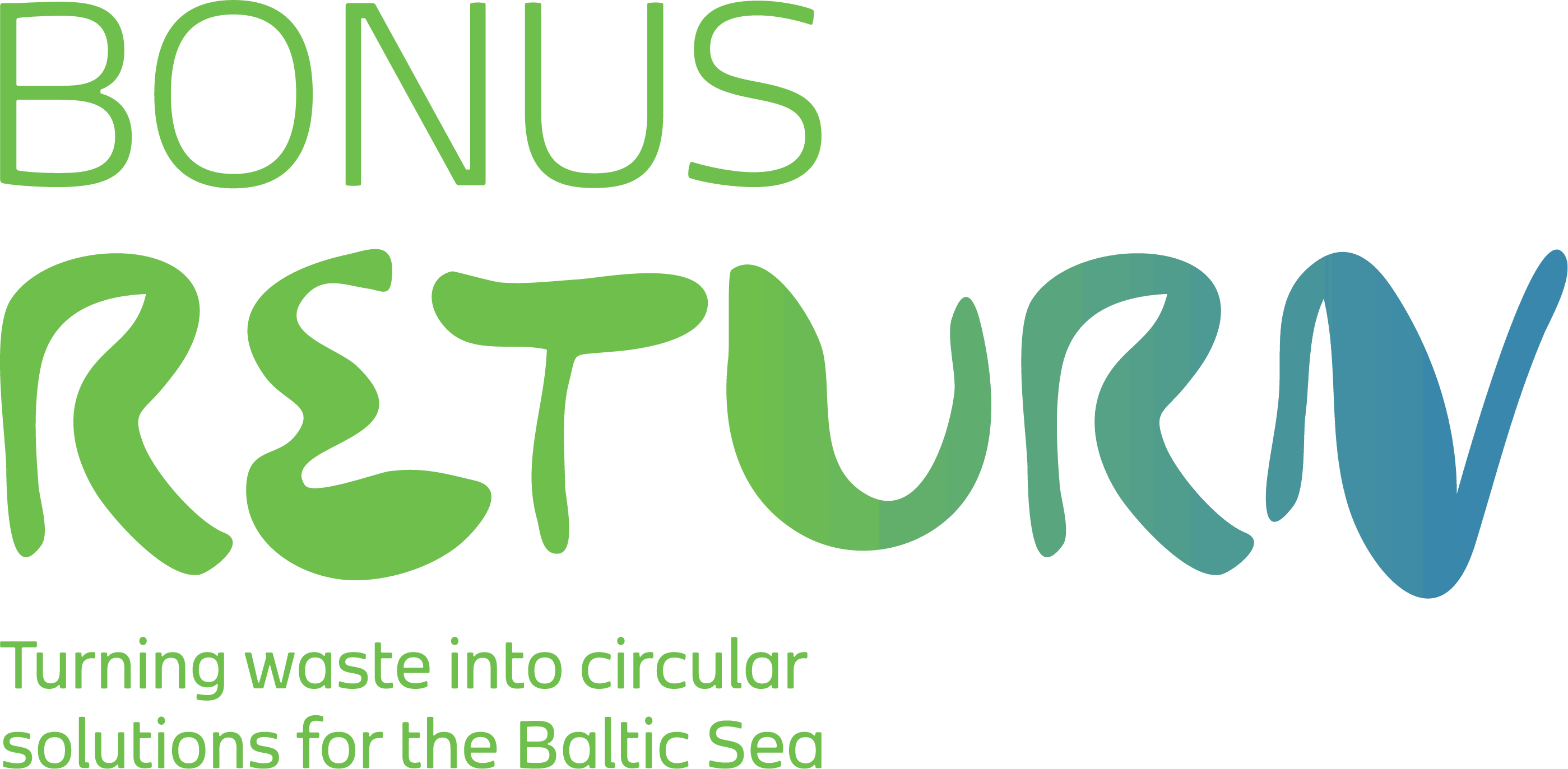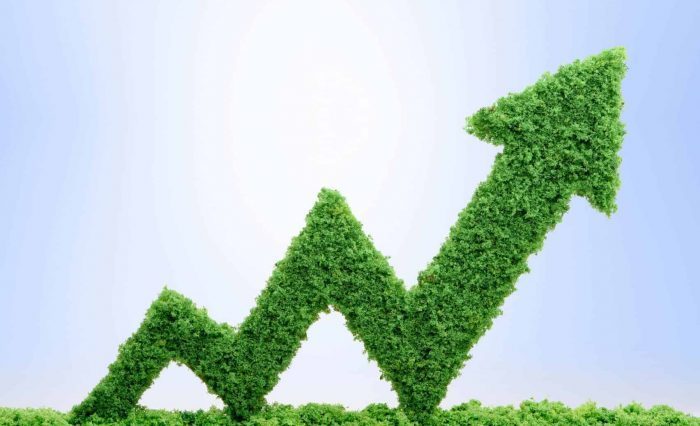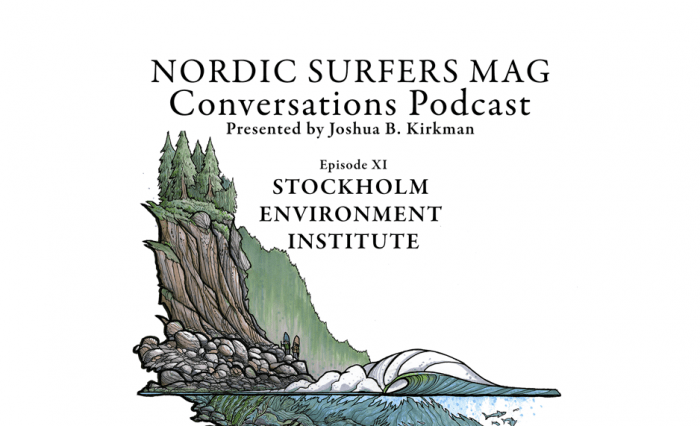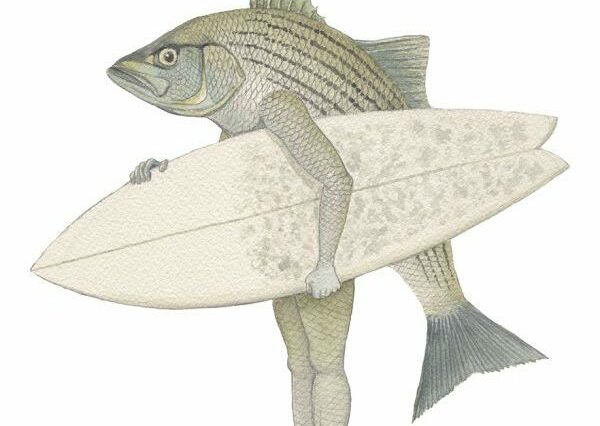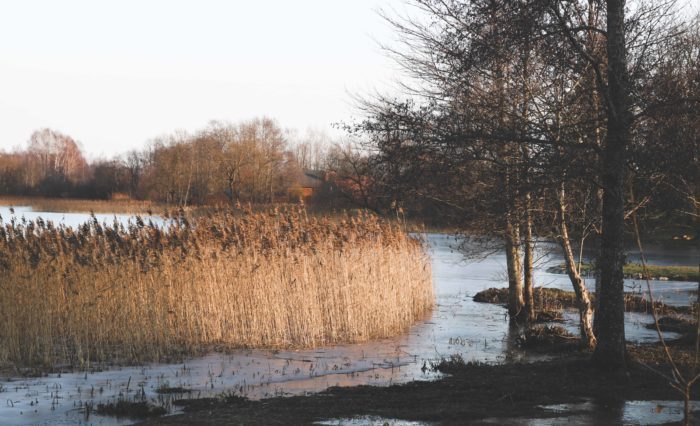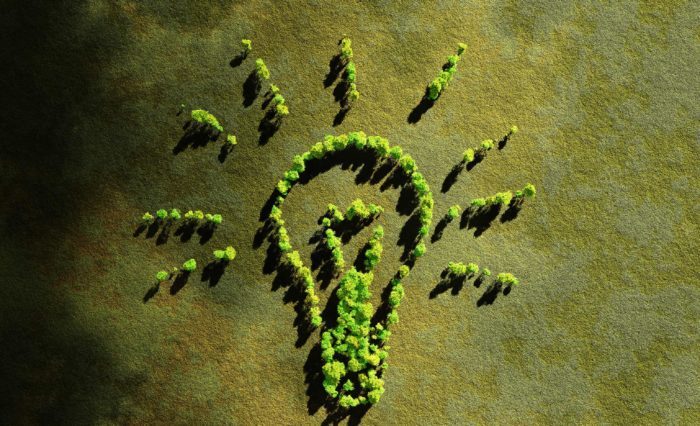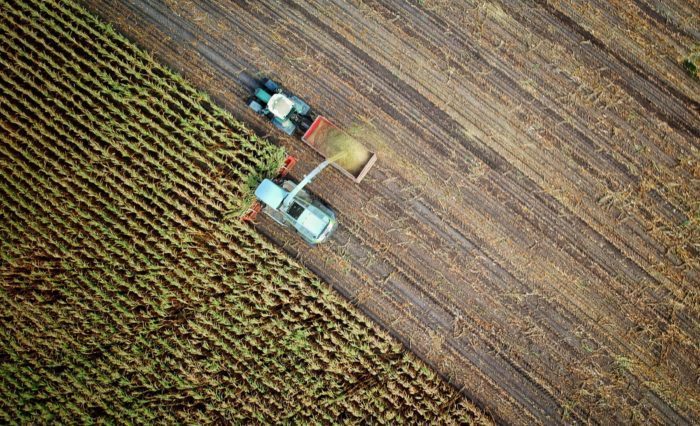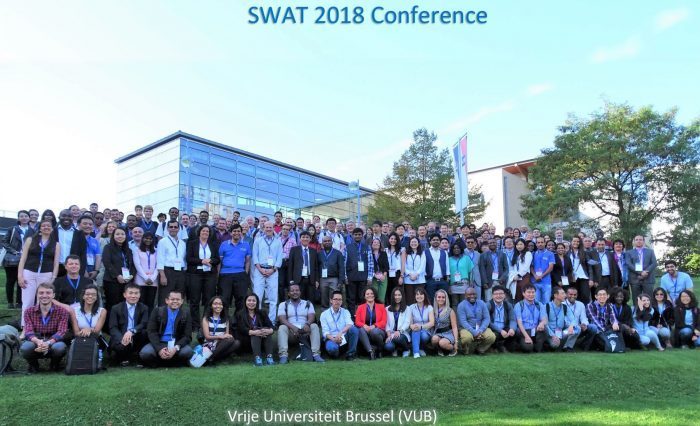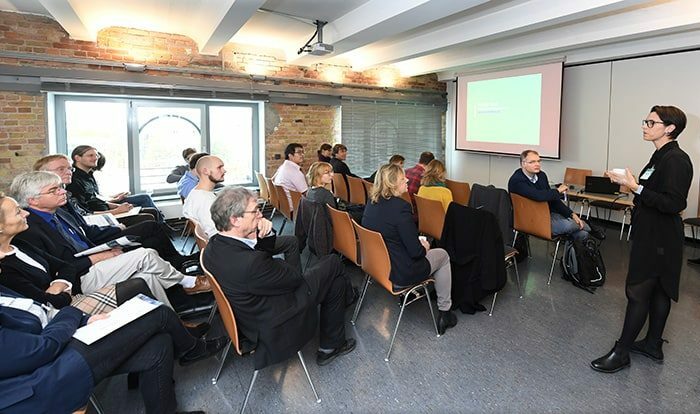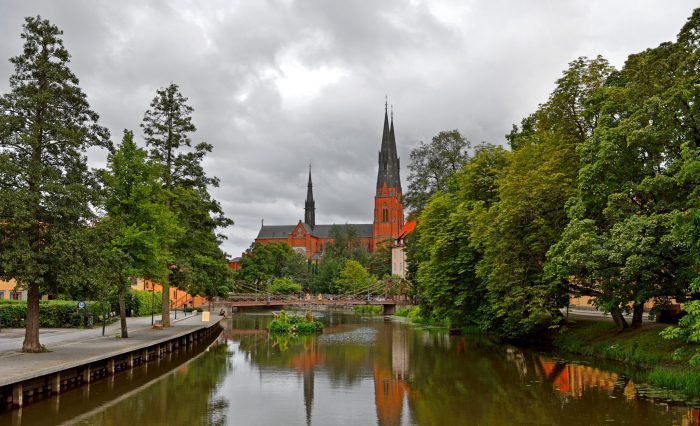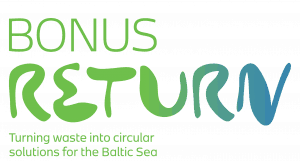Report on current policy instruments and governance structures in Baltic Sea Region
Pollution of the Baltic Sea continues to be a problem. The biggest terrestrial sources of nutrient emissions to the Baltic Sea are agriculture and wastewater. BONUS RETURN is currently conducting two systematic maps to collate and describe evidence on eco-technologies that are available to help recover phosphorus, nitrogen and carbon from wastewater and agriculture.
